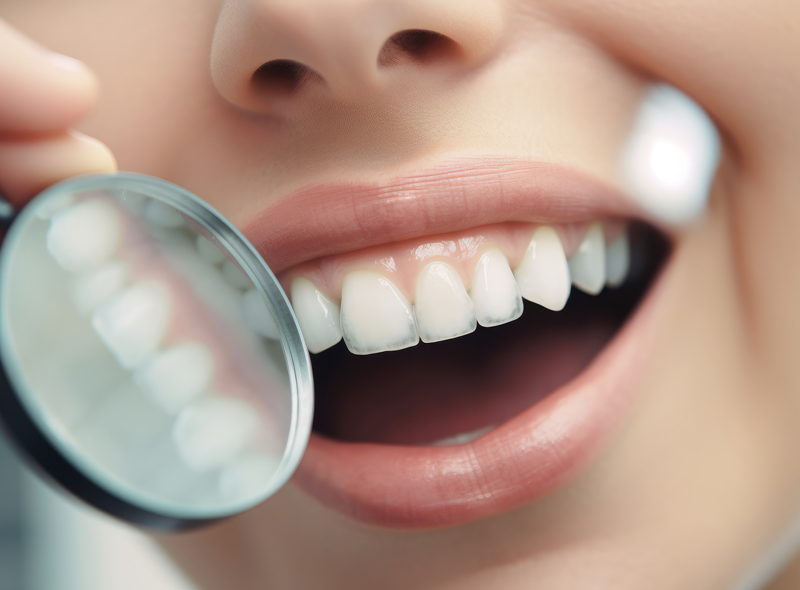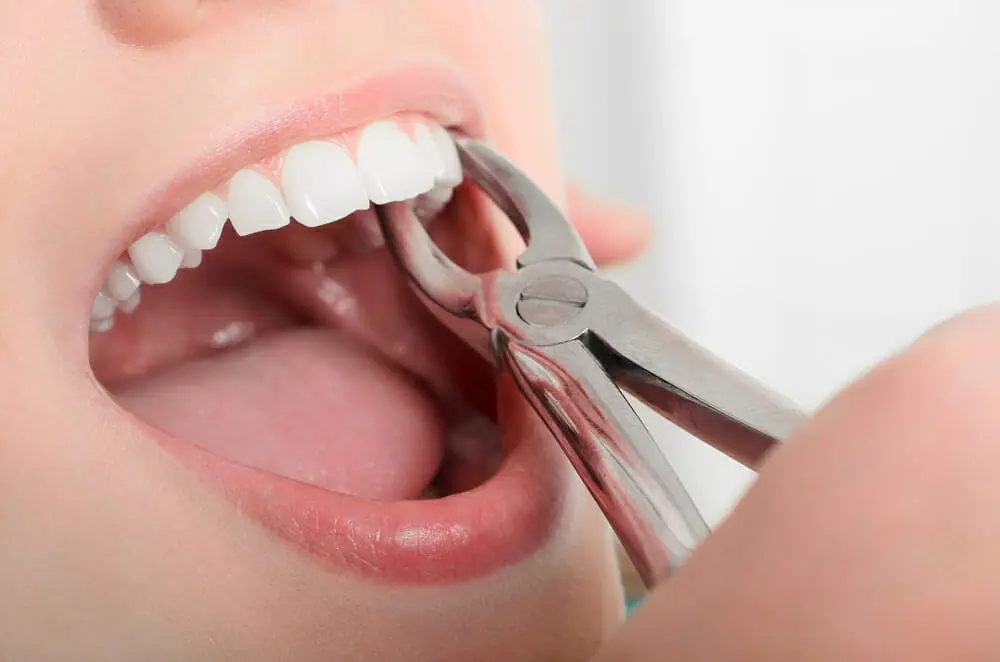Beautiful smiles
Orthodontic Supportive Care
Prior to orthodontic treatment, a thorough evaluation of your gum and bone health is crucial. This ensures your mouth is free of inflammation and has adequate gum tissue to support tooth movement. We offer various procedures, including frenectomies to prevent gum recession, gum grafting to restore receded gums, and gingivectomies or crown lengthening for aesthetic improvements. Additionally, we address impacted teeth with expose and bond procedures, facilitate tooth movement with fiberotomies and temporary anchorage devices (TADs), and perform extractions when necessary to create optimal spacing. Our goal is to provide comprehensive care, ensuring a healthy foundation for your orthodontic journey and achieving lasting results.
Orthodontic Clearance
Before beginning orthodontic treatment, your orthodontist may refer you to us for a comprehensive evaluation of your gum and bone health. This assessment ensures your mouth is free of inflammation or gum disease and that you have sufficient thick gum tissue to support tooth movement. After completing the exam, our doctors will discuss any necessary steps to prepare for orthodontic treatment.
This may include improving oral hygiene techniques, undergoing a deep cleaning, or, in some cases, receiving gum grafts to strengthen the tissue.
Our team will guide you through the process, making it as smooth and efficient as possible to set you up for successful orthodontic results.

Frenectomy
A frenum is a thin fold of mucous membrane with enclosed muscle fibers that connects the lips or tongue to the gums. When a frenum is too tight or attached too closely to the gumline, it can create tension that may contribute to gum recession over time.
A frenectomy is a minor in-office surgical procedure that removes or repositions the frenum to relieve this tension, helping to prevent future gum recession and protect the surrounding tissue. The procedure is quick, performed under local anesthesia, and promotes better long-term gum health
Gum Grafting
When gum recession occurs, gum grafting is often recommended to restore the health, appearance, and function of your gums. This procedure typically involves transplanting tissue, usually taken from the roof of the mouth, to the affected area. By covering exposed tooth roots and increasing the thickness of the gum tissue, gum grafting helps prevent further recession and can be a crucial step in avoiding tooth loss. In some cases, donor tissue may be used as an alternative. Gum grafting not only enhances the aesthetics of your smile but also plays a vital role in maintaining long-term oral health and preventing complications like tooth mobility or loss.
Gingivectomy
A gingivectomy is a surgical procedure that removes excess gum tissue. This is commonly performed on adolescent patients or individuals experiencing gum overgrowth due to certain medications. The goal is to create a balanced relationship between the gums and teeth, enhancing aesthetics and making oral hygiene easier to maintain at home.
Aesthetic Crown Lengthening
Aesthetic crown lengthening, similar to a gingivectomy, involves removing excess gum tissue. However, in this procedure, a small amount of underlying bone is also reshaped. This treatment is ideal for patients with a “gummy” smile and can significantly enhance the appearance of their smile by achieving better harmony between the teeth and gums.
Soft Tissue Augmentation
Before orthodontic treatment, a comprehensive periodontal evaluation is essential. During this exam, our doctors assess whether there is enough thick gum tissue to support tooth movement. Areas with existing gum recession or thin tissue may require gum grafting to prevent further recession. Addressing these concerns proactively is far more effective than treating recession after it occurs.
Expose and Bond
Impacted canine teeth are a common issue, especially in adolescents. When a canine tooth fails to erupt properly, a minor surgical procedure is performed to expose the tooth and attach an orthodontic bracket with a small chain. The orthodontist then gradually guides the tooth into its correct position as part of the orthodontic treatment plan.
Fiberotomy
A fiberotomy is a minor surgical procedure in which the fibers anchoring a tooth to the surrounding periodontal structures are carefully severed. This is performed under local anesthesia and allows the orthodontist to move the tooth into its desired position more effectively, reducing the likelihood of relapse after treatment.
Temporary Anchorage Device (TAD)
Temporary anchorage devices (TADs) are small, screw-like implants placed in the jawbone to assist with tooth movement during orthodontic treatment. Your orthodontist may recommend a TAD to provide additional stability and facilitate the repositioning of teeth that require precise adjustments.
Extractions
In some cases, tooth extractions are necessary to create space in the arch for proper tooth alignment during orthodontic treatment. The first premolars, particularly the upper premolars, are commonly removed due to their anatomy and the presence of deep grooves. Removing these teeth can help establish better spacing and harmony within the dental arch. Our surgeons will guide you through the process, ensuring you understand the reasoning behind each recommended extraction.





